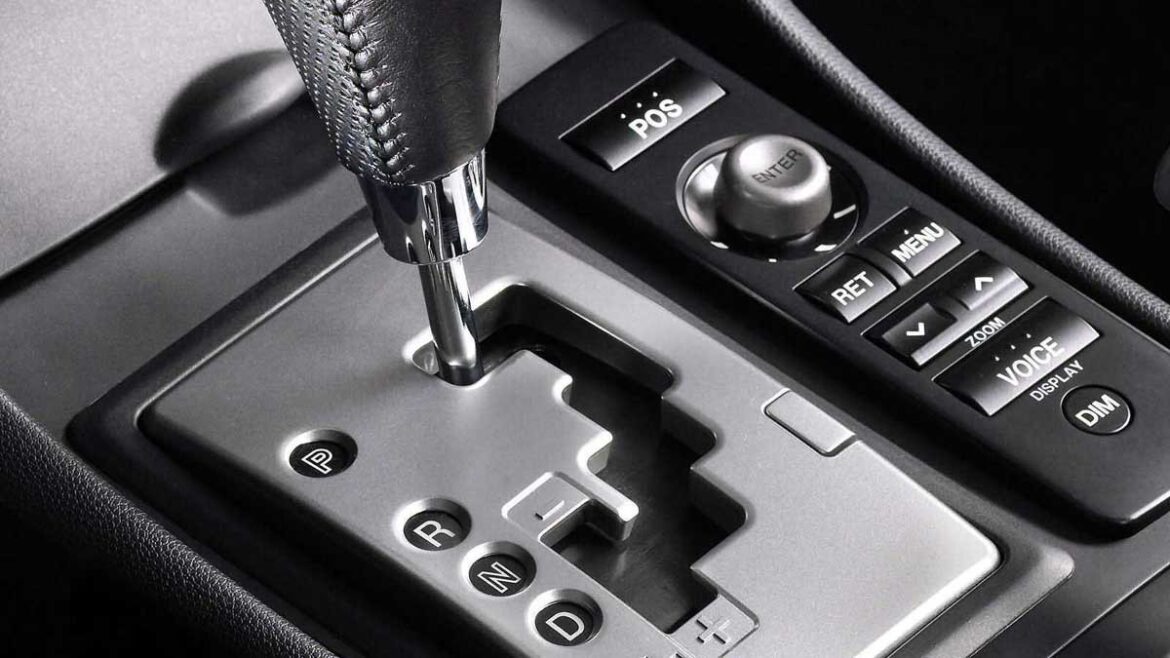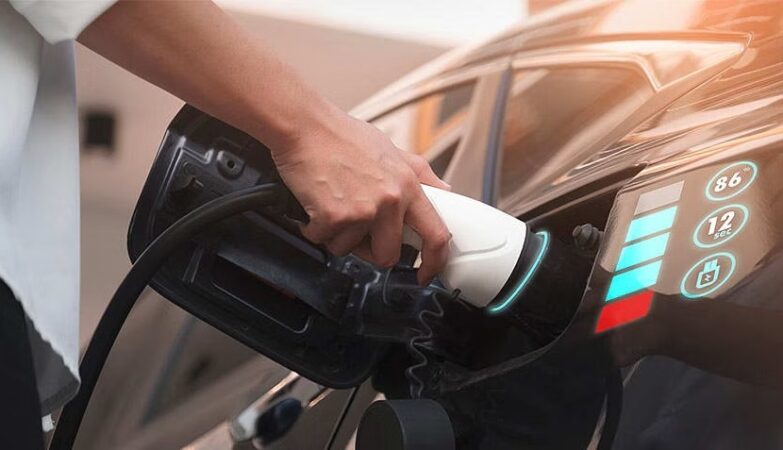Your vehicle’s transmission oil cooler is a critical component responsible for maintaining your transmission’s optimal operating temperature. Whether you drive an Isuzu D-Max, Ford Ranger PX with a 6-speed transmission, or a rugged Colorado, it is important your transmission oil cooler system is adequate for your vehicle’s performance and longevity.
In this comprehensive guide, we’ll delve into the top signs that indicate your transmission oil cooler system might be due for an upgrade. Identifying these signs early can save you from costly transmission repairs and ensure your vehicle runs smoothly for years to come.
The Importance Of The Transmission Oil Cooler System
Before we dive into the signs, it’s essential to understand why a well-functioning transmission oil cooler system is vital. Your vehicle’s transmission generates heat during operation. This heat can lead to accelerated wear and tear, fluid breakdown, and even transmission failure if not managed effectively. The transmission oil cooler system dissipates this heat, ensuring that the transmission fluid remains within the optimal temperature range. This, in turn, extends your transmission’s lifespan and enhances overall performance.
Six Signs Your Transmission Oil Cooling Needs An Upgrade
1. Overheating Transmission
One of the most obvious signs that your transmission oil cooling needs an upgrade is an overheating transmission. If your transmission consistently operates at higher temperatures than normal, it can lead to fluid degradation and transmission damage. Monitoring your transmission temperature is crucial, especially during heavy-duty tasks like towing or off-roading. If you notice frequent overheating, it’s time to inspect your transmission oil cooling system.
2. Fluid Contamination
Transmission fluid should be clean and transparent. If you notice a milky or discolored appearance, it’s a strong indicator of fluid contamination. This contamination can occur when the transmission oil cooler’s internal structure deteriorates or leaks, allowing coolant or other substances to mix with the transmission fluid. Contaminated fluid can lead to severe transmission issues and must be addressed promptly.
3. Transmission Slipping
Transmission slipping occurs when the transmission hesitates, struggles to shift gears, or slips out of gear unexpectedly. This can result from poor transmission fluid circulation, often caused by a malfunctioning transmission oil cooler. As the transmission fluid overheats or becomes contaminated, it loses its lubricating properties, leading to erratic shifting behavior.
4. Unusual Noises
A failing transmission oil cooler may produce unusual noises. You might hear gurgling, hissing, or bubbling sounds when the cooler is malfunctioning. These noises can signify fluid leaks or blockages within the cooler, hindering its ability to effectively dissipate heat.
5. Leaking Fluid
Visible fluid leaks around the transmission oil cooler are a clear indication of a problem. Transmission fluid, typically red or brown in color, may pool beneath the cooler or appear as wet spots or streaks along its surface. Leaks can result from corrosion, damage, or weakened seals within the cooler.
6. Reduced Fuel Efficiency
A poorly functioning transmission oil cooler can lead to reduced fuel efficiency. As the transmission works harder due to inadequate cooling, the engine may consume more fuel to compensate. If you notice a sudden drop in fuel efficiency, it’s essential to investigate potential issues with the transmission oil cooler.
The transmission oil cooler is an often-overlooked but critical component of your vehicle’s transmission system. Whether you drive an Isuzu D-Max, Ford Ranger PX with a 6-speed transmission, or a Colorado, recognizing the top signs of a failing transmission oil cooler is essential to avoid costly transmission repairs and maintain your vehicle’s performance and longevity. If you encounter any of these signs, don’t delay; consult with a professional mechanic to inspect and, if necessary, upgrade your transmission oil cooler promptly. Your vehicle will thank you with years of reliable service on the road.







